Can you imagine a world without the wheel?
No wheels would mean no cars, trains, or airplanes, and no machines or industry.
In the absence of the wheel, the world would come to a standstill.
We can thank the Babylonians for pioneering discoveries like the wheel, the chariot, and the sailboat, as well as the development of the first-known map, which was engraved on clay tablets.
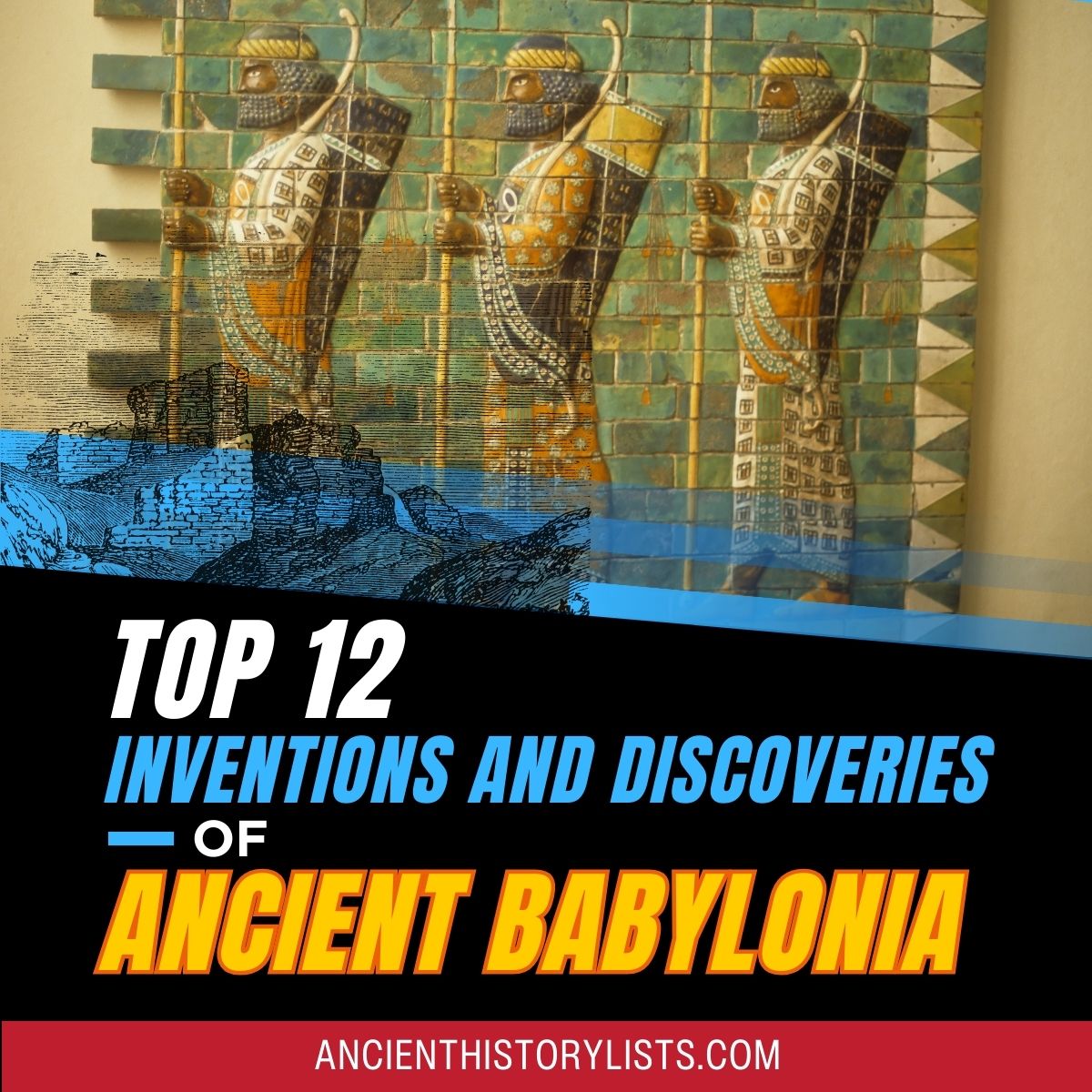
Let us take a look at the top 12 most significant Babylonian discoveries:
1. The First Map
Maps have immense importance even in the contemporary world, where we rely on Google Maps for many of our journeys.
An ancient Babylonian cartographer created the world’s first map on a clay tablet in 2300 BC. The map covers a small region of Babylonia during the Akkadian Empire. It shows trade routes and was used as a reference during military campaigns, hunting, and exploration.
The Babylonian Map of the World is circular and depicts mountains, rivers, canals, and swamps.
The seven small circles on the map represent the seven Babylonian cities. It can now be found in the British Museum.
2. Cuneiform
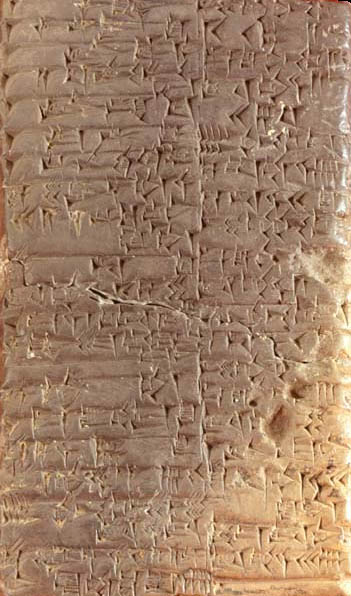
Originating in 3400 BC, cuneiform is the first-known form of written communication.
It cannot be regarded as a language as it comprised less than 1,000 characters, and these characters were used for accounting, administrative and business purposes.
Individuals with varying levels of education and knowledge could use it, and ordinary people used it to write letters, organize their business affairs, and document everyday occurrences such as astrological events.
More educated people used it for technical purposes like writing medical catalogs and mathematical derivations.
A pointed stylus was used to carve characters on a clay slab to maintain and manage records.
The oldest cuneiform slabs were illustrated and used visual symbols to communicate, the cuneiform alphabet only developing later on. The ancient Iraqi languages, Sumerian and Akkadian, were also carved on the clay tablets.
3. Agriculture
Agriculture is a core practice in most countries, and a country’s agrarian produce determines its growth.
Agriculture not only feeds the population but also provides employment opportunities.
An essential agricultural tool is the plow, which is used to loosen the soil ready for planting seeds.
The most primitive form of the plow was a stone hoe that was developed by Babylonians to turn the soil.
The earth dried up quickly in the plains of Babylonia, leading to the invention of the stone plow to set the ground.
Babylonians cultivated crops like emmer, wheat, and barley, and flax clothing was standard during this time.
The Babylonians regulated the flow of water to irrigate their crops and dug canals and irrigation ditches which, along with the plow, led the way for a new era of agricultural revolution.
4. Urbanization
As a result of agriculture and other employment factors, the Babylonians gradually moved from rural areas to more developed regions.
Urbanization began around 8,000 years ago in Babylonia as people moved to cities to seek educational and employment opportunities. This, in turn, helped them to earn more and improve their lifestyle.
With the dawn of the agricultural revolution, more and more people began to live in one region, resulting in urbanization.
People chose areas which were favorable for agriculture, and as trading developed, the idea of taxes was introduced.
5. Astrology and Horoscopy

Astrology is the science of studying the position of celestial bodies and reading how their movements can influence our lives, and this belief is widely practiced even in the modern world.
In ancient Babylon, it was thought that the celestial bodies had divine powers which directed people’s lives.
Constellations were used to determine the weather, climate, and the seasons, and to help people decide which crops should be sown when. The moon, the stars, and the sun were studied to predict future events like thunder or an eclipse.
Ancient Babylonian astronomists closely studied the sun and the moon cycles in order to predict this.
The concept of the horoscope was introduced by the Babylonians as they believed in the divinity of the celestial bodies. They mapped the position of astronomical bodies so that they could foretell their daily lives and those of their kings.
6. The Concept of Time
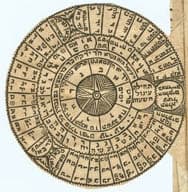
All of us have heard the adages “Time waits for no man” and “A stitch in time saves nine” but have you ever thought who created the concept of time? Of course, none other than the Babylonians, who devised a system of dividing time into 60 sections.
The current system of time has been in use for four millennia now.
The number 60 was chosen as the dividing factor as it was divisible by 6. The Babylonians estimated that the earth moved around the sun one degree in a day and took 360 days. This number was again divisible by 6. Astrologers used the sexagesimal system of numbering which took 60 as its base. They noted the frequency and duration of the full moon and saw that this was also divisible by 6.
7. The Sailboat
Since Babylonia was located in between two famous rivers, the Tigris and the Euphrates, the importance of traveling by water was soon recognized.
Trade was at its peak and traveling via land routes was cumbersome and time-consuming. The Babylonians soon discovered an alternative when they realized the potential of water as a means of transportation.
The Babylonians invented the first sailboat with a basic structure and framework.
The first sailboat was square; it was made of cloth and relied on the wind to move.
With the invention of the sailboat, the Babylonians were able to expand their trade and commerce, soon trading with cities which were previously unreachable by land.
8. The First Wheel
Not only did Babylonia invent the sailboat for use on water, but also the wheel for use on land routes.
The oldest wheels were made of clay, rock, and mud, with wooden wheels coming much later on.
The Babylonians created the wheel in around 3,500 BC, the earliest wheel being used for pottery.
The first wheel did not have spokes and was in the form of a roller. Gradually, wheels were joined together with an axle by drilling holes in them for the shaft which went through the frame of a cart.
The wheel was first used by the elite and the wealthy for transport in 3200 BC, and soon its use for conveyance purposes, for pottery, in machines, and for irrigation was widespread in Babylonia.
The invention of the wheel ultimately led to the industrial revolution.
9. The Chariot
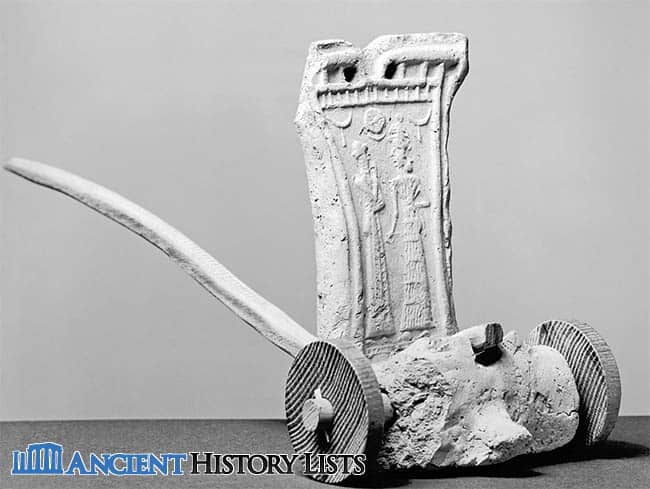
Originally, carts were used for the transportation of goods and for traveling. Soon they were being pulled by domestic animals, and this newly developed cart was known as a chariot.
The framework of the oldest chariot consisted of wood with a rim, and two-wheeled chariots were used in battle and to transport weapons and other war provisions.
Soon, chariots were being used as a means of transportation by royalty and the elite.
10. The Study of Mathematics
Mathematics has always been a part of human life, and the Babylonians developed many advanced mathematical theories which are still in use today. As the Babylonian civilization flourished and began to trade, an accurate counting system was necessary to measure the value of goods exchanged. The Babylonians created the concept of counting and the sexagesimal number system also originated in Babylonia.
They had an advanced decimal structure with a base of 60. It was the Babylonians who brought about the concept of 24 hours in a day with each hour consisting of 60 minutes, and each minute 60 seconds. The number 60 was chosen as it had multiple divisors. Evidence of mathematics has been found on old clay slabs from the period on which the Babylonians practiced fractions, algebra, and Pythagoras theorem.
Mathematics developed in reaction to the needs of the people. It played an essential part in daily life for the purposes of measuring land and working out a uniform tax system. They also made use of geometric shapes as a foundation for their architecture.
11. The Primitive Plow
The plow is an essential agricultural tool which is used to turn the soil.
The invention of the plow was a revolutionary agrarian development first discovered by the Babylonians. This early plow was called the ard. It was made of wood and was not very effective on grass.
The invention of the plow brought about great societal changes in the hunter-gatherer groups of Babylonia, enabling them to stay in one place and rely on agriculture instead of hunting.
12. Art and Architecture
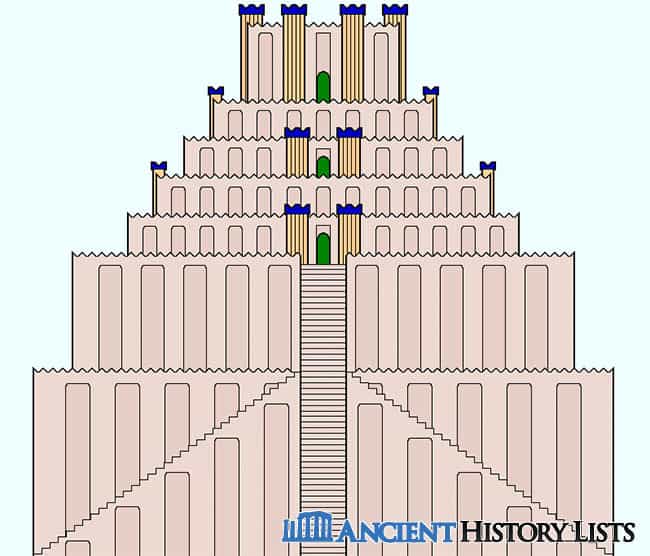
The Babylonians built gigantic stone structures which resembled huge towers and were known as ziggurats. Etemenanki was a famous Babylonian ziggurat measuring around 299 feet (91 meters) which possibly inspired the story of the Tower of Babel. It is now in ruins.
The Babylonians were prolific artists, and even the most mundane household objects were beautifully decorated with images of human or animal forms.
Babylonian artifacts can be found in many museums today, often depicting scenes from everyday Babylonian life.
Conclusion
Babylonia has given the world many unprecedented and revolutionary innovations. The invention of the wheel led to the creation of chariots which were of the utmost importance during times of war.
The most crucial agricultural tool – the plow – was designed by the Babylonians which led to great advances in agriculture and eventually urbanization.
The first-known form of written communication was the cuneiform clay tablet which originated in Babylon, and along with the first map and the invention of the sailboat, it is easy to see how this ancient civilization is of such great importance even today.